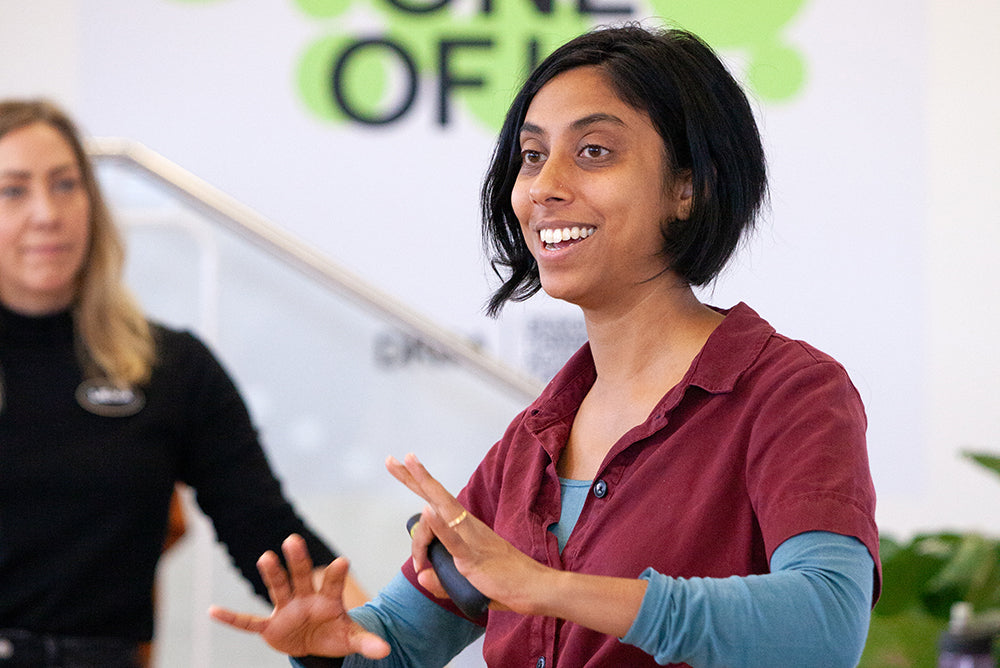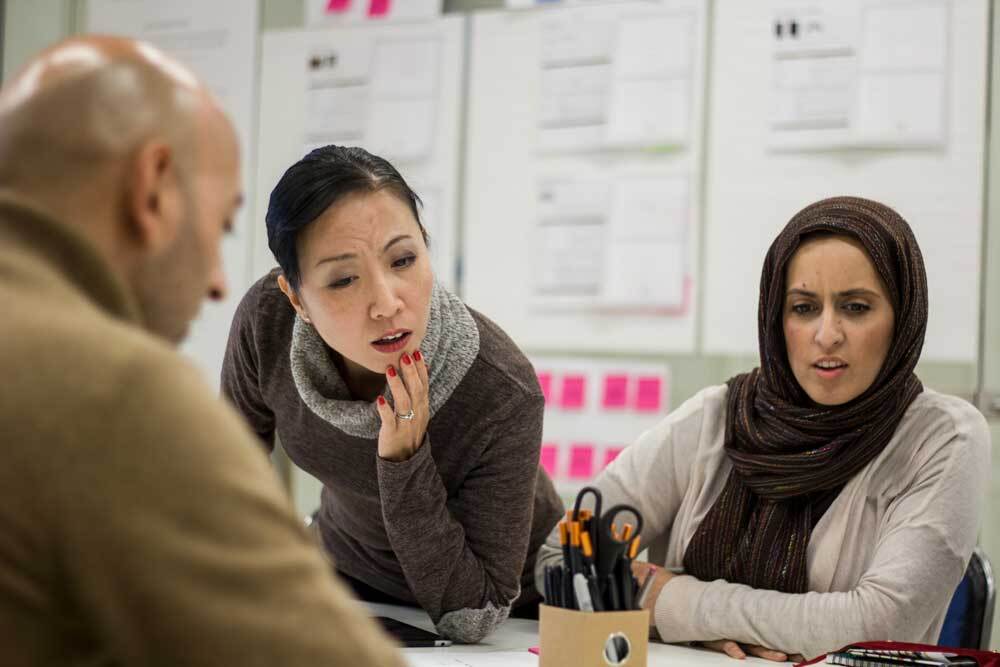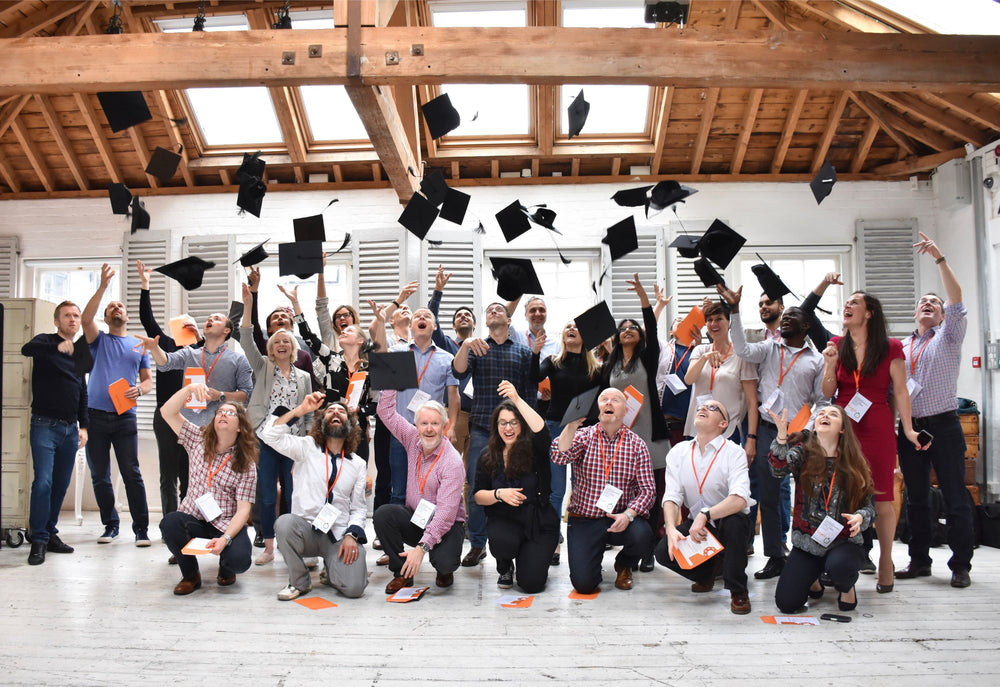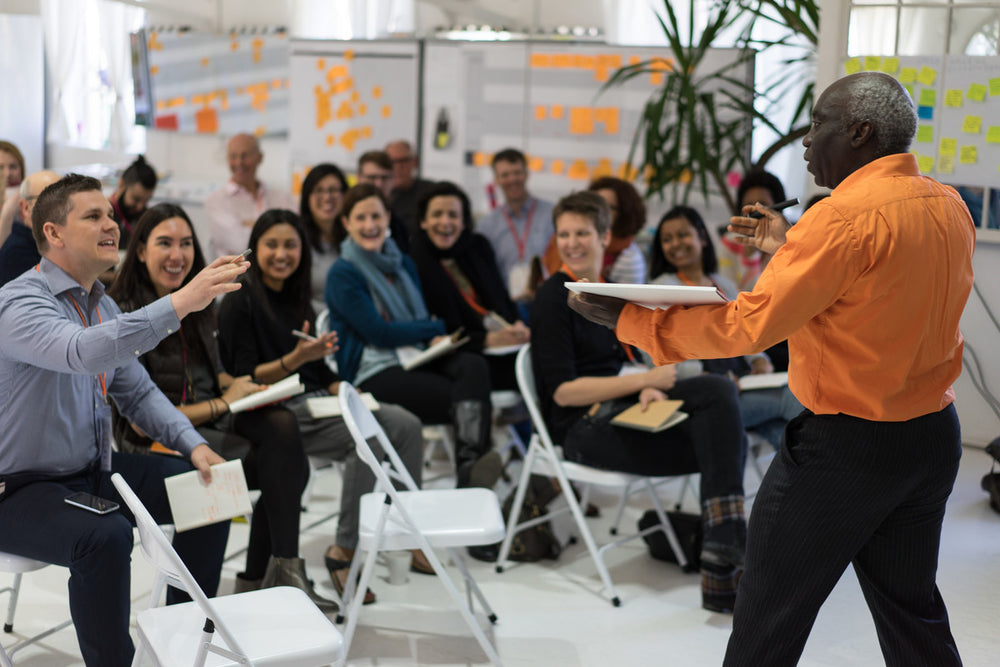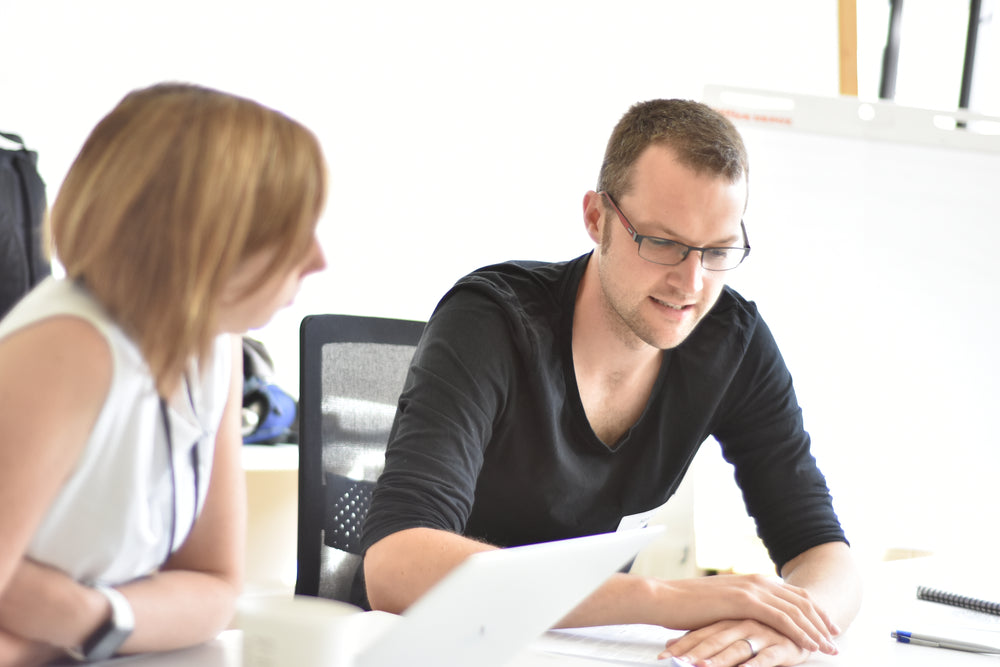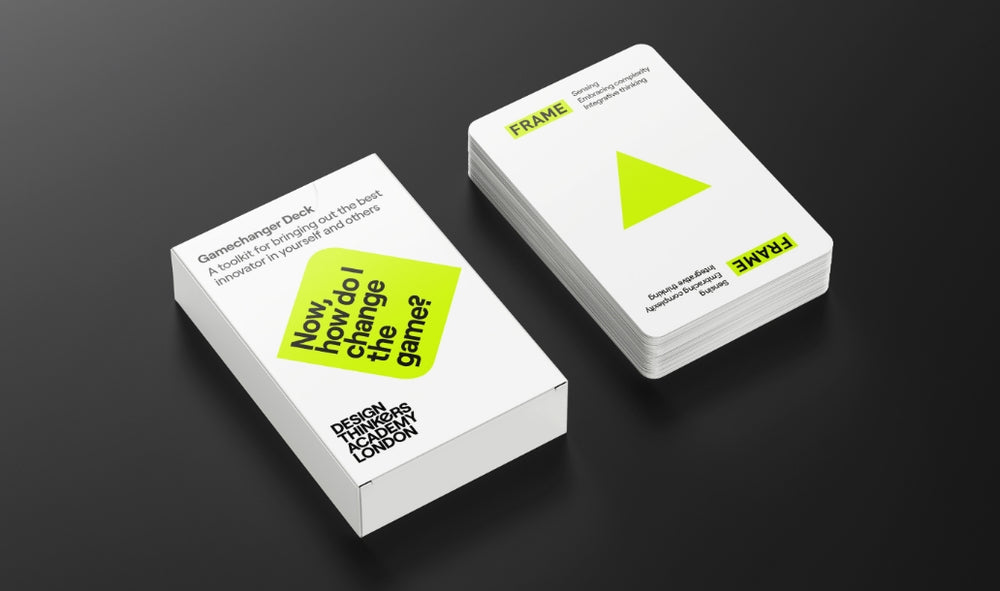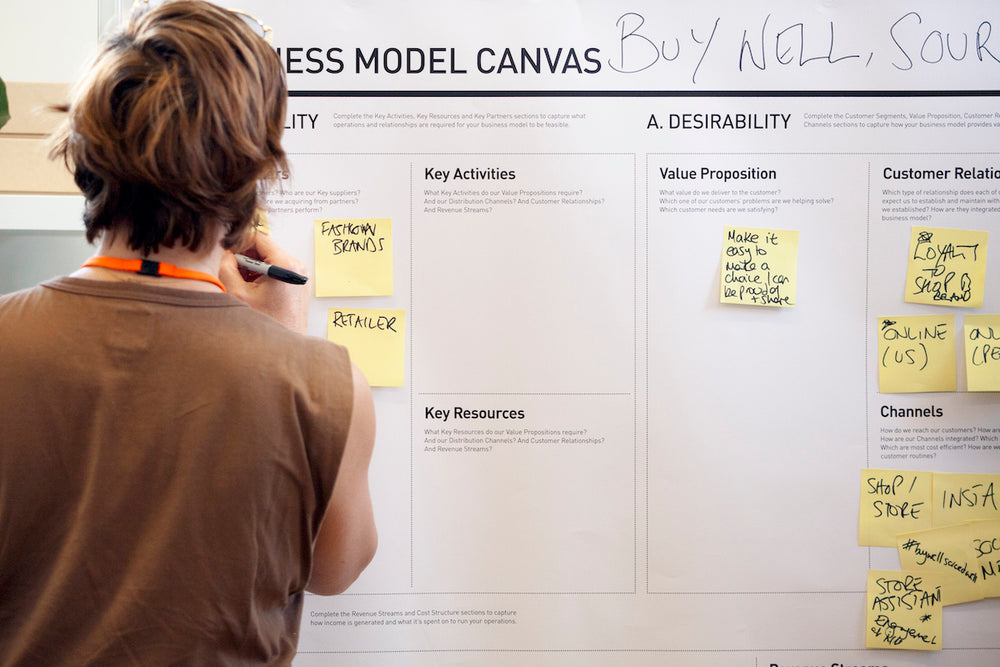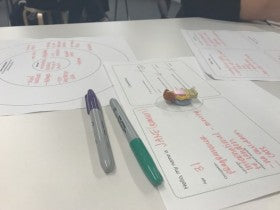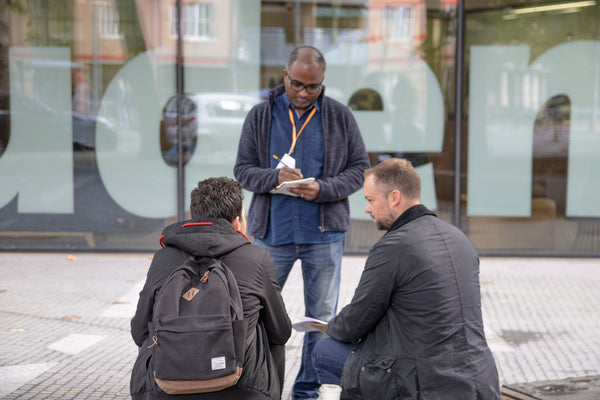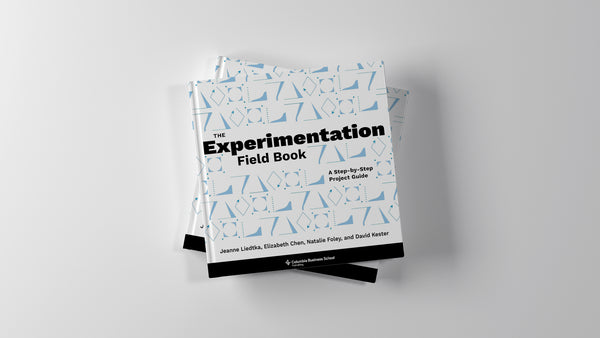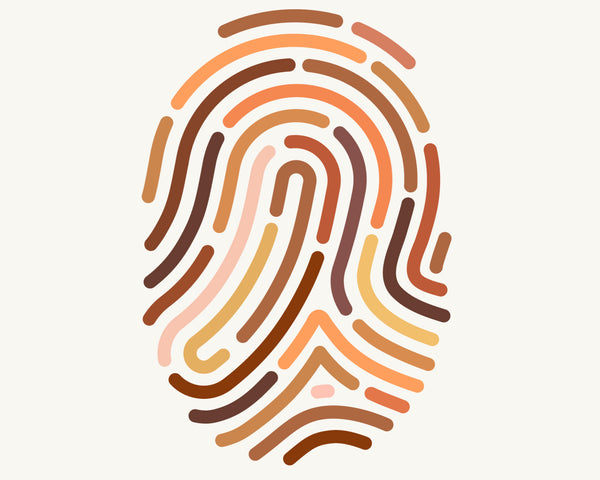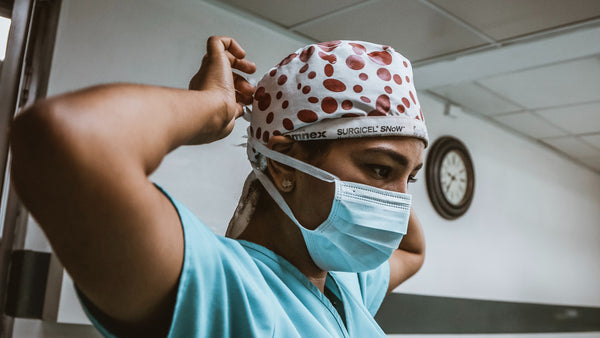The Design Museum recently launched ‘Industry Insights’, a series of talks for students who wish to learn more about design and where it can be applied. The first event of this series takes place this Thursday 2nd February and focusses on design for health and wellbeing. Catherine Erneux from DTA interviewed Meera Rajan, the curator of this event.
Can you briefly present yourself?
MR: Sure. I have a background in design and experience in project management in the health and social care sector. I think that design with a clear social objective – that puts people at the heart everything we create, develop and do – will bring a better living, social and working conditions for everyone in our future cities.
Who is this course designed for?
It’s for design students and others interested in social innovation to learn more about the role of design in improving public health.
Why do you think people should join?
I’m really excited to see more design innovation in the field of health and hope more talented students will choose this road. It’s tough but incredibly rewarding. During the event, people won’t just hear speeches, but have the opportunity to experiment with some design techniques in the workshops. Those speaking or running workshops on the day are design graduates or advocates of design, and we hope to create an environment that facilitates networking and where participants are not afraid to ask us questions.
How did you come up with this idea?
Design in health is huge passion of mine and something I’ve been involved in for some time. If my career has taught me anything is that the best outcomes happen when there is thorough input from all stakeholders. I don’t just mean asking them what is the problem and how can we fix it, as it’s often the case they don’t know what the real underling issue is.
I believe that user-centred design is the best method to come up with the best outcomes. For this to happen, designers have to show great empathy and understand users and nowhere is this more important, in my opinion, than in the area of health.
Why do you think design is important in health?
The User-Centered Design Process (UCD) is a great way of teasing out the real underlying issue, finding outcomes and testing them quickly rather than the old model or pouring tons of public money into an output heavy project and seeing what happens when it’s realised. I’ve too often been witness or part of team where I’ve seen this happen and it’s incredibly sad to see.
What is your personal relationship with health services and your involvement in the project?
The health service is incredibly special to me. I was born with chronic heart disease and needed a heart transplant when I was eight. I have numerous chronic conditions under my belt, but I am lucky to have been provided with the care I have. My conditions were not preventable and behaviour change would not have stopped them, but, for a vast number of people out there, it can.
This explains why the project is very personal to me and the case study that spurred me to follow this line of work was my own experience of being very ill and having the design of our city (London) fail and disable me. For me the majority of disability takes place when a product, space, organisation or even service does not let a person achieve their potential and aim.
What do you think are the new challenges the health industry is facing? What would be the best approach to overcome these?
MR: This is huge question and not sure where to start! For me the Marmot Review report, Fair Society, Healthy Lives, that was published in 2010 still speaks true. It advised:
- Giving every child the best start in life
- Enabling all children, young people and adults to maximize their capabilities and have control over their lives
- Creating fair employment and good work for all
- Ensuring a healthy standard of living for all
- Creating and developing sustainable places and communities
- Strengthening the role and impact of ill health prevention
This and along with other research highlights prevention, self-management and the greater need for local authorities, businesses and other public services that need to ensure the wellbeing of communities.
If you want to participate to this event, head over to the Design Museum website to book. Tickets are £15, the event starts at 3pm and finishes at 6pm. Use the code “Insights5off” to get £5 off the price. This also includes an entry to the Design of the Year exhibition. This event is not only limited to students, so if you’re interested in design in health; you should join!
